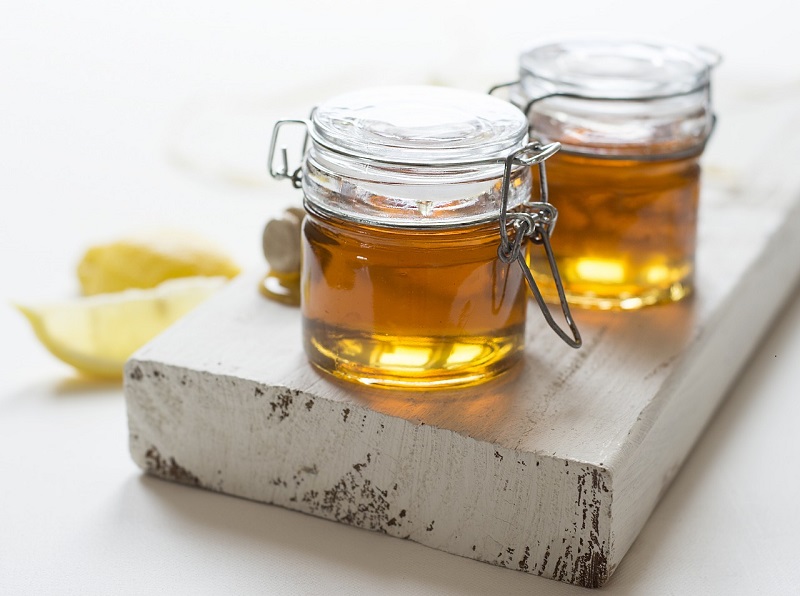Honey production
Table of Contents
Honey is a sweet substance that is made by bees from floral nectar or sugar secretions of plants. These secretions are stored in honeycombs or wax structures. The best-known honey species are the Genus Apis and is used for human consumption and commercial production across the world. Apiculture is the beekeeping practice where you collect honey from hives with domesticated bees or wild bee colonies.
Formation
Bees collect nectar as a long-term food supply or to support its muscle activity, particularly during forging. This means they use nectar for digestion and regurgitation to support the metabolic activity of its flight muscles. During food scarcity or in cold-weather season, adults and larvae use the stored nectar or honey as food.

The insects work as a group; thus, bees pass the nectar among themselves until it is completely stored in the honeycomb cells. They regulate the temperature at the storage areas by controlling their bodies’ heat. They also flutter their wings to circulate air in the hives or evaporate the moisture content of the honey. They also cap the cells using wax, thus sealing it. You can monitor its formation using beehive scales and use honey extractor when harvesting it. Once honey harvested, it can last in the shelves for a long time and will not ferment when properly sealed.
Collection
You collect honey from your domesticated beehives. One hive can produce approximately 29kg of honey each year. You need to use bee smoker when harvesting honey, for it triggers bees to feed in an attempt to salvage resources from fire, thus making them less aggressive.
It also hinders them from communicating with others, thus allowing you to crush and remove honeycomb using a honey extractor. You then have to filter it to remove beeswax as well as other debris.
Preservation
Honey has a long shelf life; thus, it is suitable for long-term storage due to its chemical and composition properties. It also used to store objects that are immersed in it. However, you need to limit its access to humidity when honey is exposed to moist air, thus encouraging the fermentation process. It is also able to suppress bacterial growth as a result of byproducts like hydrogen peroxide and gluconic acid that are created when glucose oxidase combines with expelled nectar from its stomach.
Adulteration
People may adulterate honey by adding syrups, sugars, or compounds that are geared towards reducing cost, change its viscosity and flavor, as well as enhance the fructose content in order to hinder crystallization. The largest producers of honey in the world are China, Iran, Turkey, Ukraine, and the US. In 2017, global honey production was 1.9 million tones.
Uses
Honey has several uses both on a small and large scale. You can use your honey on baking, cooking, as a spread on your bread, dessert, or an addition to your hot beverages like tea. Commercial honey is used as a sweetener for beverages.
The Bottom Line
You may be wondering where bees derive their sweetness from. It comes from glucose and monosaccharides fructose with comparable sweetness with table sugar or sucrose. The honey can last for several years as long as it is sealed, for it contains less or no microorganisms growing on it.

Honey Refractometers for Beekeeping
There is essential information regarding honey that beekeepers must know prior to its extraction and this is none other than water content. This is where honey refractometers for beekeeping come in handy.
